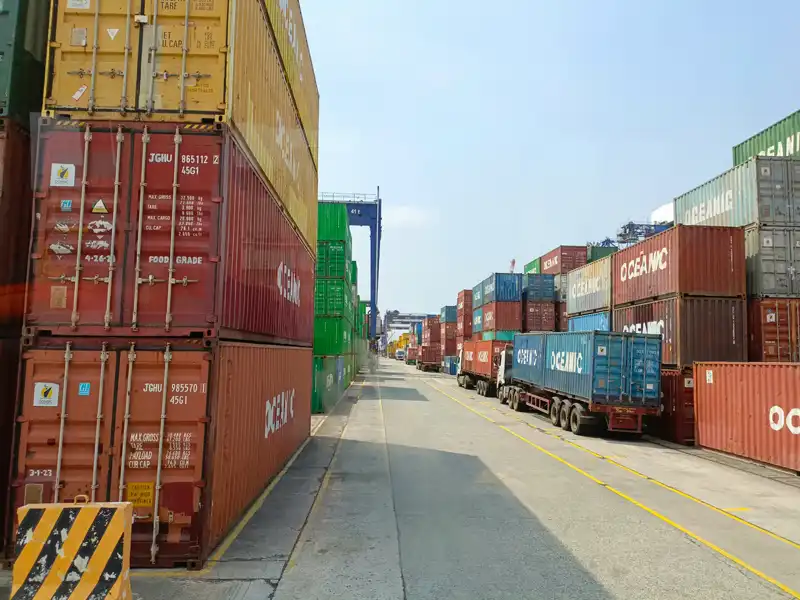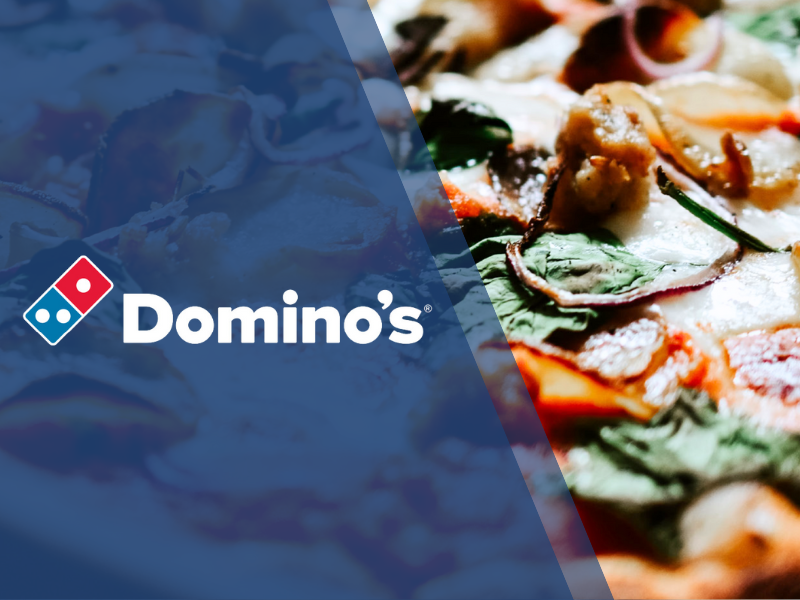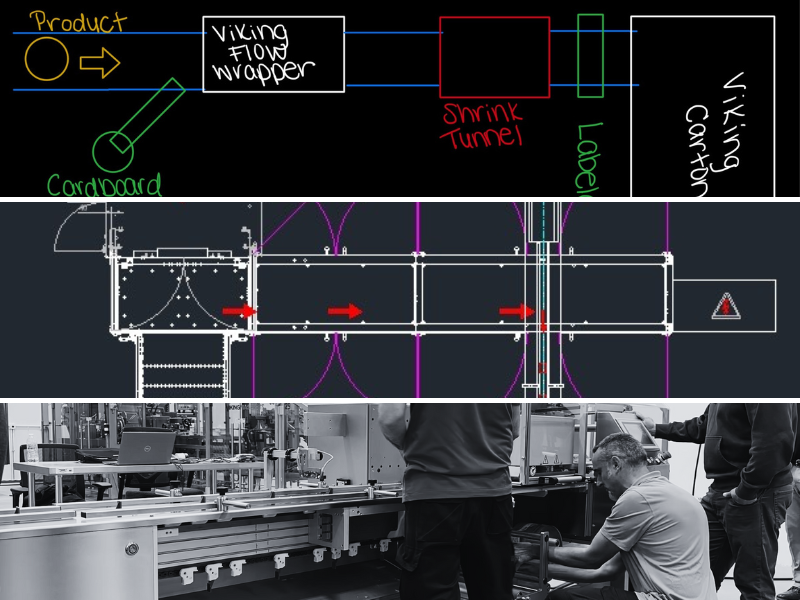What Packaging Professionals Need to Know About Tariffs – And How to Respond Strategically
By Alexandria Sielaff on April 17, 2025

Tariffs aren’t new, but their impact on global trade and capital investment—specifically, on packaging equipment, materials, and components—decisions has become increasingly hard to ignore. From blanket tariff announcements to targeted sector-specific measures, these government-imposed fees on imported goods can disrupt even the most well-prepared supply chains.
So, what should companies like yours understand about tariffs—and more importantly, how can you respond?
Let’s break it down.
What are tariffs?
A tariff is a tax or fee placed by a government on imported goods or services. These duties are intended to protect domestic industries or influence international trade policy—but for packaging professionals, they often mean higher equipment costs, sourcing disruptions, or the need to reassess supplier relationships.
Recent announcements—such as the "Liberation Day" blanket tariffs—highlight just how unpredictable tariff policy can be. These tariffs may apply broadly across product categories or narrowly target specific sectors, creating challenges for companies that rely on global sourcing.
Whether you’re importing raw metals, robotic arms, stainless steel components, or packaging film, you could be affected.
When do tariffs come into play?
Tariffs are typically assessed when goods cross a border. Customs officials determine the tariff based on the classification and declared value of the goods. Importers (or their brokers) must file documentation and pay the tariff before the goods are released for sale, installation, or integration.
In the packaging space, this can delay production lines, stretch project timelines, and increase overall project cost—especially when dealing with high-value capital equipment or time-sensitive deliverables.
Who do tariffs impact?
Short answer: just about everyone.
Tariffs impact OEMs, contract packagers, food manufacturers, and CPG companies—whether you’re sourcing a new automated line, buying replacement parts, or adjusting long-term capital equipment plans. And while the financial cost may land with the importer, the operational consequences ripple across engineering, procurement, and even marketing timelines.
At Viking Masek, we see this firsthand. It’s not just about adjusting our own strategy—it’s about helping our customers pivot quickly and strategically when trade policies shift.
How Viking Masek is Navigating Tariff Changes
We’ve long believed that resilience begins with diversification. That’s why Viking Masek has intentionally built a robust, global supplier portfolio designed to mitigate risks—including sudden tariff changes.
Our approach is centered on:
- Supplier diversification to reduce vulnerability to regional or political disruptions
- Extensive partner vetting to ensure alignment with our values, especially around customer experience
- Long-term strategic thinking to preserve quality and consistency for our clients
Our global mindset ensures we’re always looking out for the big picture—so you can focus on what matters most.
Strategic Decision-Making in a Tariff-Driven Landscape
Tariffs are just one of many variables in long-term planning. And while it’s tempting to react quickly to short-term disruption, true business leadership lies in staying committed to your 3-, 5-, or 10-year vision.
Ask yourself:
- Will delaying capital investment affect automation ROI or throughput goals?
- What opportunities might arise if competitors pull back?
This kind of long-term thinking defines market leaders. We’re here to help you evaluate the path forward.
We’re More Than a Vendor—We’re a Partner
At Viking Masek, we don’t take a transactional approach to packaging automation. Whether you’re deploying your first automated pouch line or scaling a global network of facilities, our team is invested in your success long after the sale.
We’re actively helping customers assess:
- The short- and long-term financial implications of tariffs
- Whether to move forward with equipment investments
- Ways to minimize impact without sacrificing quality or compliance
Even if the "Liberation Day" tariffs won’t hit your bottom line for a few months, your decisions today will define performance tomorrow.
Let's Plan Ahead—Together
Navigating global risk is one of the most important leadership challenges in packaging today. And while tariffs bring complexity, they also provide an opportunity: to reassess, refocus, and emerge stronger than before.
We’re ready to support you with:
- Clear information on cost impacts
- Guidance on alternative sourcing options
- Consultation on automation strategy adjustments
Let’s talk about how to keep your projects moving forward—smartly and strategically.
Ready to talk through your options? Contact Viking Masek today or connect with your representative to start a conversation.
Please note that the situation is evolving rapidly. It's advisable to consult official sources and trade experts for the most current information.
Related Posts

5 things you should do before attending Specialty Coffee Expo

Top this: How Domino’s packages its toppings 60% faster
